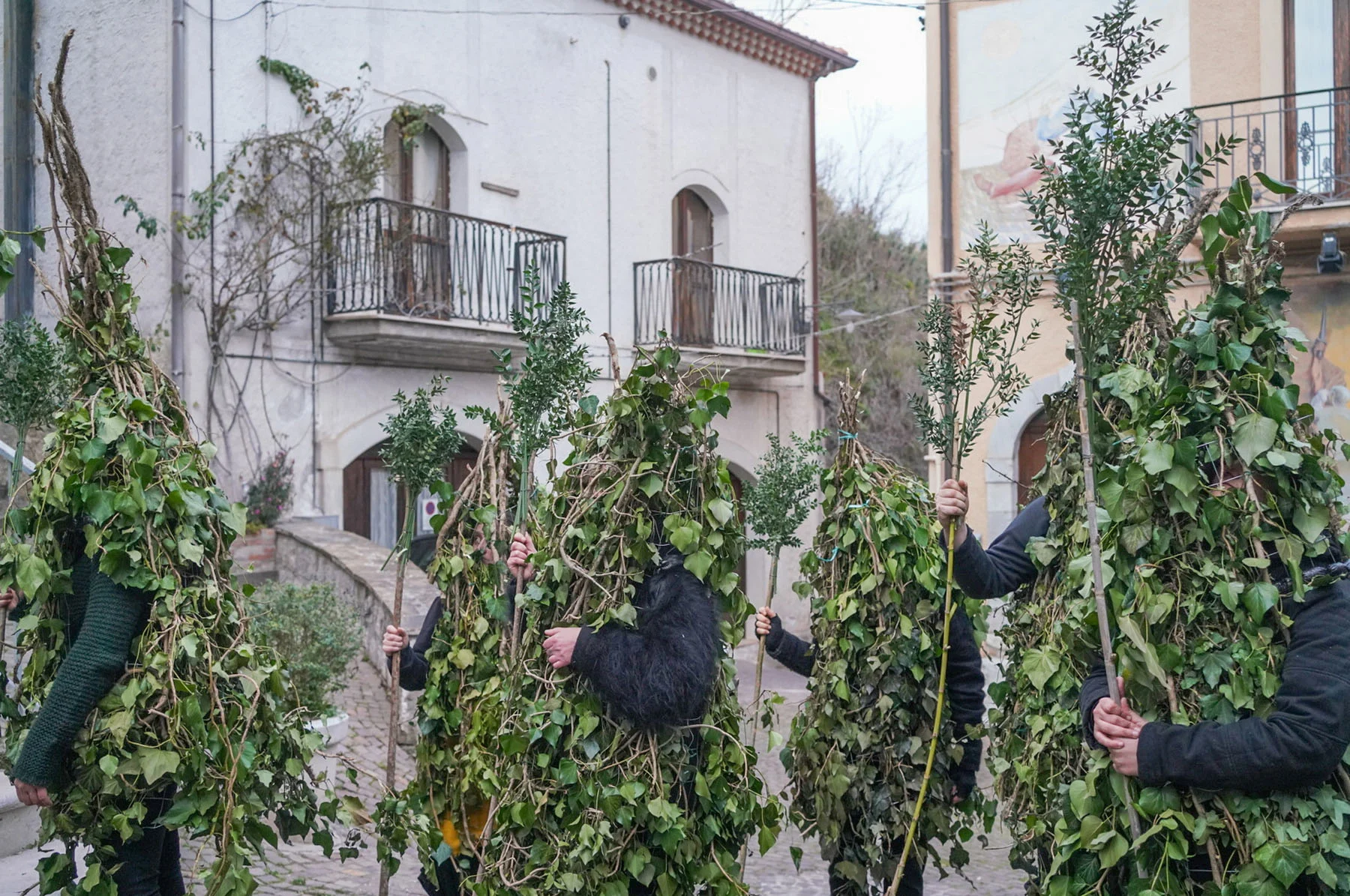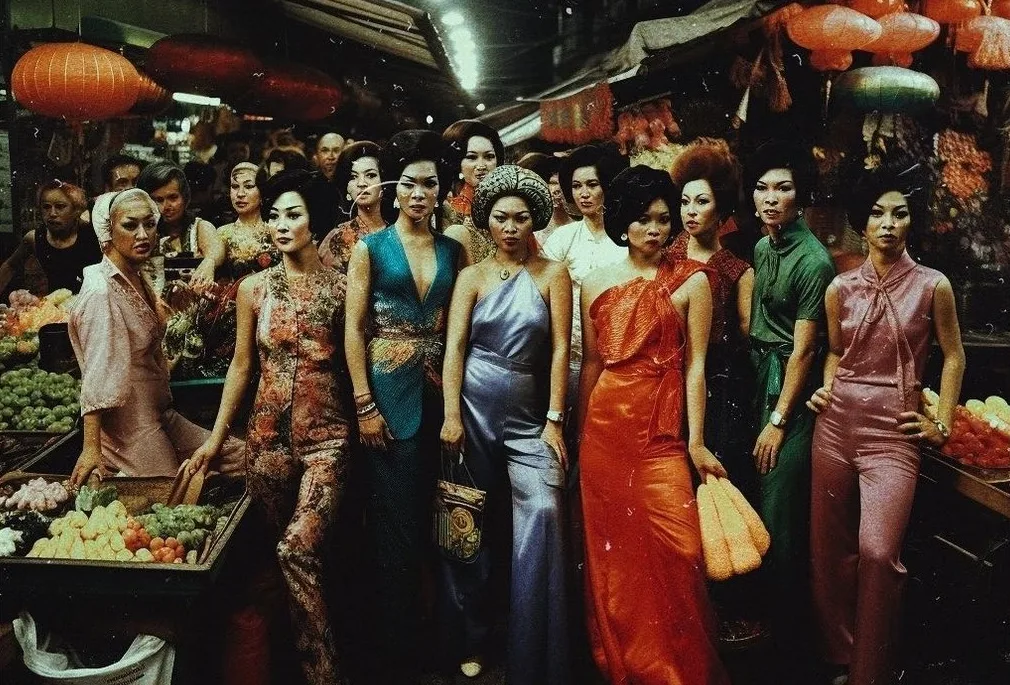

The Mercedes 240D was first introduced in the 1970s, with hundreds of thousands of them sold by the mid 80s. Soon enough, as with most material objects, especially in the Global North, it was seen as outdated, shipped to Morocco en masse when it was considered too obsolete for the European market. In “One Million Km,” photographer Myriam Meloni documents the car in its second home, as it plays a vital role in rural Moroccan life. She tells Alexander Durie what this car’s journey can tell us about inequality and sustainability.
Italian-French photographer Myriam Meloni was never particularly interested in cars. “Not their shapes, not their models. And even less their horsepower or performance. I drive when I have to,” she says. But after living in Morocco for over five years, primarily in Tangiers but often traveling up and down the country, she became fascinated by how ubiquitous a particular car is there: the Mercedes 240D.
Dating from the early 1970s, the car was shipped to Morocco en masse when it was considered too obsolete for the European market. And so, gradually, the Mercedes 240D became a form of public transport for Moroccans and others traveling across the country, particularly in windy mountain roads, and the go-to vehicle for Morocco’s signature “grands taxis.”


Meloni saw the Mercedes 240D as “a symbol to evoke a lot of issues in Morocco,” be they environmental, social or political. On a theoretical level, the vehicle served as a lens to find the colonial links that persist in the inequality between the Global North and South. In a more practical sense, Meloni viewed the Mercedes as “a way of meeting people and exploring rural communities in Morocco.” And so, her photo project, “One Million Km,” which explores these themes through a road trip across Morocco’s countryside, was born.
While the Mercedes 240D is fading from major cities, like Tangiers, after state subsidies allowed licensed taxi drivers to buy new and often locally-manufactured vehicles, Meloni discovered how different the reality is in Morocco’s countryside. It was on road trips through the countryside that she found how the Mercedes was the main vehicle used due to its longevity and general solidity and reliability.


There’s this pride in this car and a romanticism, because at some point it belonged to a certain class, and now it’s built to last.
Meloni started photographing the car, focusing on small details such as the drivers’ personalities. “Young people feel like they have a jewel,” she explains about how many young Moroccans see the vintage Mercedes. “There’s this pride in this car and a romanticism, because at some point it belonged to a certain class, and now it’s built to last.”
These social disparities were sharpened after the major 6.8 magnitude earthquake in 2023 that devastated Morocco, particularly near the High Atlas Mountains, killing around 3,000 people and destroying around 60,000 houses according to the Red Cross. Meloni, who was covering the earthquake’s aftermath, says “the earthquake exposed the inequalities between rural and urban areas. In remote rural areas the roads are poorly maintained, which made it more difficult post-earthquake… We often talk about having more eco-friendly cars, but having good roads is more of a priority.”

Meloni’s time in Morocco, particularly in the countryside, made her reflect about how debates over environmental issues, especially in western countries, are often focused on what the consumer can do to change, but rarely place responsibility on the transport companies that produce huge carbon emissions, like the cruise ships spotted along Tangiers (a medium-sized cruise ship reportedly pollutes the equivalent of 12,000 cars).
Speaking with mechanics about their relationship with the 240D, Meloni discovered a circular economy centered around sustainability to maintain the car’s life. “There’s a micro-economy: everybody fixes each other’s cars, local solutions are found, without depending on technologically superior solutions in urban environments,” Meloni says. She wanted to photograph not only people in cars—and how they viewed their Mercedes as a prized treasure—but how people recycle tools in a DIY way to prolong the car’s life.
She added that since rural areas in Morocco have very little public transportation, she often found—and photographed—families traveling together with their shopping bags, or construction workers transporting their materials like bricks or cement at the back of their sturdy cars.


“The Mercedes fills this void for so many families here,” she says. “I went to remote places in the countryside where these old Mercedes were the only cars that were able to access certain roads. It was built as a resistant car as tough as iron, so it doesn’t beep and warn you about nearby cars like new ones do, but it’s way more solid than them.”
Since many of these cars have been used for decades, they often have a mileage of over a million kilometers, which is where the title of the series comes from. “People always do long distances in the countryside just to do groceries, there’s often a daily use of over 100 kilometers per day,” Meloni says.

The calm of the images is a reflection of rural life—this immobility reflects this isolation and the impossibility of easy access.
While the series has this theme of movement, there is an aura of stillness associated with the photos. The reason is both practical and conceptual: Meloni photographs on a Zenza Bronica medium format camera from the 1980s, which requires fixity to capture subjects in focus, but, as Meloni says, “the calm of the images is a reflection of rural life—this immobility reflects this isolation and the impossibility of easy access.”
This is clearly illustrated in a photo of a horse’s backside in front of a car, an image that Meloni framed as an analogy—two important companions that transcend social classes. In a wide shot of a Mercedes from above, with foggy mountains in the background, a symbol of transport and speed is captured in moments of stasis.


Accompanying many people on their long car journeys, Meloni has become familiar with circles who wouldn’t typically let themselves be photographed. After several years in Morocco, she still continues to question her position as a foreign photographer, and how she can contribute to an imagery of Morocco that avoids Orientalist or stereotypical perspectives. “I think wonderment can make people naïve,” she says, “and this may stop when you’ve spent a lot of time in a certain place.”
In one image of a parked car on the mountainside, Meloni explains that “Lots of people were coming out of this car to go to a house where there was a funeral service for a woman who was killed.” She met them because “we stopped for two people who were hitchhiking 15 kilometers to go to a funeral service. Traveling in these remote areas, you discover that the Mercedes has such vital everyday use.” What Meloni has captured—in this image and throughout the series—is the substance of everyday life, through the symbolism of a substantial car that quietly does what it’s supposed to do: carry people through life.

